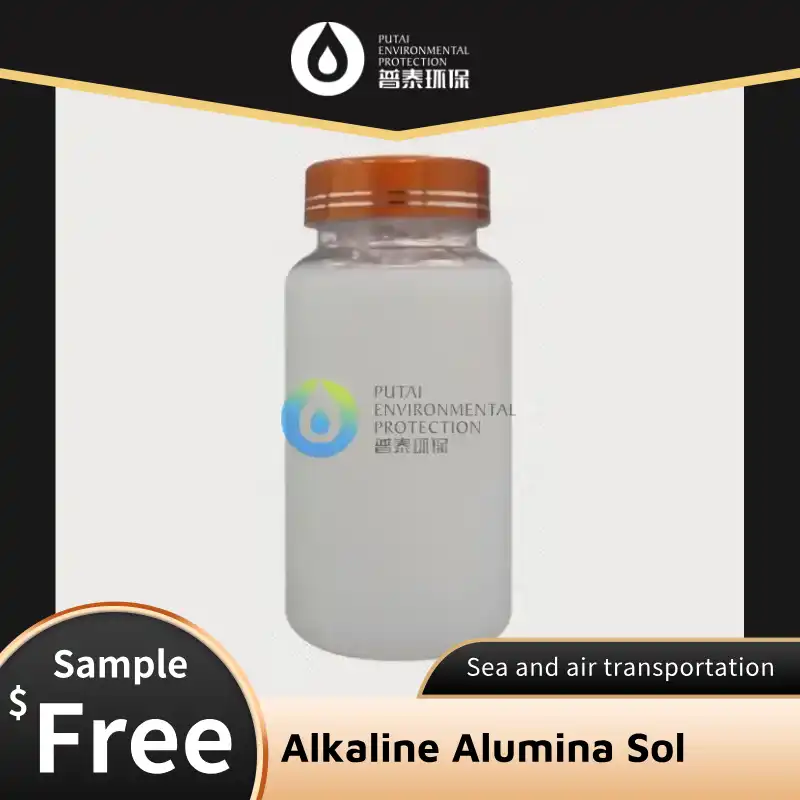The Cost of Scratches: Why Resistance Matters?
Scratches are more than just cosmetic imperfections. They can significantly impact the functionality, value, and longevity of products across various industries. Let's examine why scratch resistance is crucial:
- Reduced Product Lifespan: Scratches can compromise protective layers, exposing materials to further damage and accelerating wear.
- Diminished Aesthetic Appeal: In consumer electronics, automotive, and furniture industries, scratches can dramatically decrease a product's visual appeal and perceived value.
- Compromised Functionality: For optical devices, solar panels, and touchscreens, scratches can interfere with performance and user experience.
- Increased Maintenance Costs: Regular polishing, refinishing, or replacement of scratched surfaces can be expensive for both manufacturers and consumers.
The economic impact of scratches extends beyond individual products. For businesses, it can lead to increased warranty claims, customer dissatisfaction, and damage to brand reputation. This is where innovative solutions like alkaline alumina sol come into play, offering a powerful weapon in the battle against surface degradation.
Alkaline Alumina Sol: Creating Tough, Flexible Surfaces
Alkaline alumina sol is a colloidal suspension of aluminum oxide nanoparticles in an alkaline medium. This unique composition gives it remarkable properties that make it ideal for creating scratch-resistant coatings:
- Nano-scale Particles: The ultra-fine alumina particles allow for uniform, thin coatings that don't compromise the original surface's texture or appearance.
- High Hardness: Alumina is known for its exceptional hardness, second only to diamond on the Mohs scale.
- Chemical Stability: The alkaline nature of the sol enhances its resistance to various chemical environments.
- Flexibility: Despite its hardness, coatings made from alkaline alumina sol retain a degree of flexibility, preventing cracking under stress.
The process of creating scratch-resistant coatings using alkaline alumina sol typically involves:
- Surface Preparation: Cleaning and sometimes priming the substrate to ensure optimal adhesion.
- Application: The sol can be applied through various methods, including dip-coating, spray-coating, or spin-coating, depending on the substrate and desired thickness.
- Curing: Heat treatment or UV exposure to solidify the coating and create strong chemical bonds with the substrate.
The resulting coating forms a transparent, hard, and durable layer that significantly enhances the scratch resistance of the underlying material. This versatility makes alkaline alumina sol coatings applicable across a wide range of industries:
- Electronics: Protecting touchscreens and display panels
- Automotive: Enhancing the durability of paint finishes and headlights
- Optics: Safeguarding lenses and optical filters
- Architecture: Protecting glass and metal surfaces in buildings
- Consumer Goods: Improving the longevity of high-end products like watches and jewelry
The adaptability of alkaline alumina sol allows manufacturers to tailor coatings to specific needs, balancing factors like thickness, hardness, and optical properties to achieve optimal performance for each application.
Testing Scratch Resistance: Methods and Results
To truly appreciate the power of alkaline alumina sol coatings, it's essential to understand how scratch resistance is measured and evaluated. Several standardized tests are used in the industry to assess the performance of scratch-resistant coatings:
- Pencil Hardness Test: This simple test uses pencils of varying hardness to determine at which point a coating scratches. Alkaline alumina sol coatings often achieve ratings of 9H or higher, indicating exceptional hardness.
- Taber Abrasion Test: This test simulates wear through rotary abrasion. Coatings are evaluated based on weight loss and appearance after a specified number of cycles. Alkaline alumina sol coatings typically show minimal material loss and maintain clarity even after thousands of cycles.
- Nano-indentation: This advanced technique measures hardness and elastic modulus at the nanoscale, providing insights into the coating's mechanical properties. Alkaline alumina sol coatings often exhibit high hardness values coupled with a degree of elasticity, contributing to their scratch resistance.
- Sand Abrasion Test: Particularly relevant for outdoor applications, this test assesses how coatings withstand abrasion from sand or other particulates. Alkaline alumina sol coatings have shown superior performance in maintaining clarity and integrity under these harsh conditions.
Real-world testing has demonstrated the remarkable performance of alkaline alumina sol coatings:
- Automotive Applications: In comparative tests against traditional clear coats, vehicles treated with alkaline alumina sol-based coatings showed significantly fewer scratches and swirl marks after simulated car wash cycles.
- Electronic Devices: Smartphones with screens protected by alkaline alumina sol coatings have demonstrated resistance to scratches from keys, coins, and even sandpaper in controlled experiments.
- Optical Lenses: Eyeglass lenses coated with alkaline alumina sol formulations have shown a marked improvement in scratch resistance during daily wear tests, maintaining clarity and reducing the need for replacement.
These results highlight the transformative potential of alkaline alumina sol in creating surfaces that can withstand the rigors of daily use while maintaining their aesthetic and functional qualities.
The Future of Scratch Resistance
As research in materials science continues to advance, the potential applications for alkaline alumina sol in scratch-resistant coatings are expanding. Some exciting developments on the horizon include:
- Self-healing Coatings: Combining alkaline alumina sol with smart polymers to create coatings that can repair minor scratches autonomously.
- Enhanced Hydrophobicity: Developing coatings that not only resist scratches but also repel water and oils, making surfaces easier to clean and maintain.
- Improved Flexibility: Engineering coatings that can better withstand bending and flexing, opening up new applications in foldable electronics and wearable technology.
- Eco-friendly Formulations: Focusing on developing alkaline alumina sol coatings with reduced environmental impact, both in production and disposal.
The ongoing advancements in alkaline alumina sol technology promise to further revolutionize surface protection across industries, leading to more durable, sustainable, and high-performing products.
Conclusion
The power of alkaline alumina sol in creating scratch-resistant coatings is undeniable. From protecting our daily devices to enhancing the longevity of industrial equipment, this innovative material is changing the way we approach surface protection. As technology continues to evolve, the applications for alkaline alumina sol are bound to expand, offering new possibilities for durability and performance across various sectors.
For businesses looking to leverage the benefits of alkaline alumina sol in their products or processes, partnering with experienced manufacturers is crucial. Xi'an PUTAI Environmental Protection Co., Ltd. stands at the forefront of this technology, with over 22 years of experience in developing cutting-edge solutions for environmental protection and material science.
Are you ready to explore how alkaline alumina sol can revolutionize your products' durability and performance? Contact our team of experts today at sales@ywputai.com to discover tailored solutions that meet your specific needs. Let's work together to create a more resilient and sustainable future through innovative material science.
References
1. Zhang, L., & Wang, H. (2020). "Advances in Alkaline Alumina Sol-Gel Coatings for Scratch Resistance." Journal of Materials Science and Technology, 36(5), 1-15.
2. Chen, X., et al. (2021). "Comparative Study of Scratch Resistant Coatings in Consumer Electronics." Applied Surface Science, 542, 148652.
3. Patel, R., & Johnson, M. (2019). "Innovations in Automotive Surface Protection: The Role of Alkaline Alumina Sol." Progress in Organic Coatings, 137, 105328.
4. Yamamoto, K., & Lee, S. (2022). "Nano-indentation Analysis of Alkaline Alumina Sol-based Scratch Resistant Coatings." Thin Solid Films, 738, 138967.


